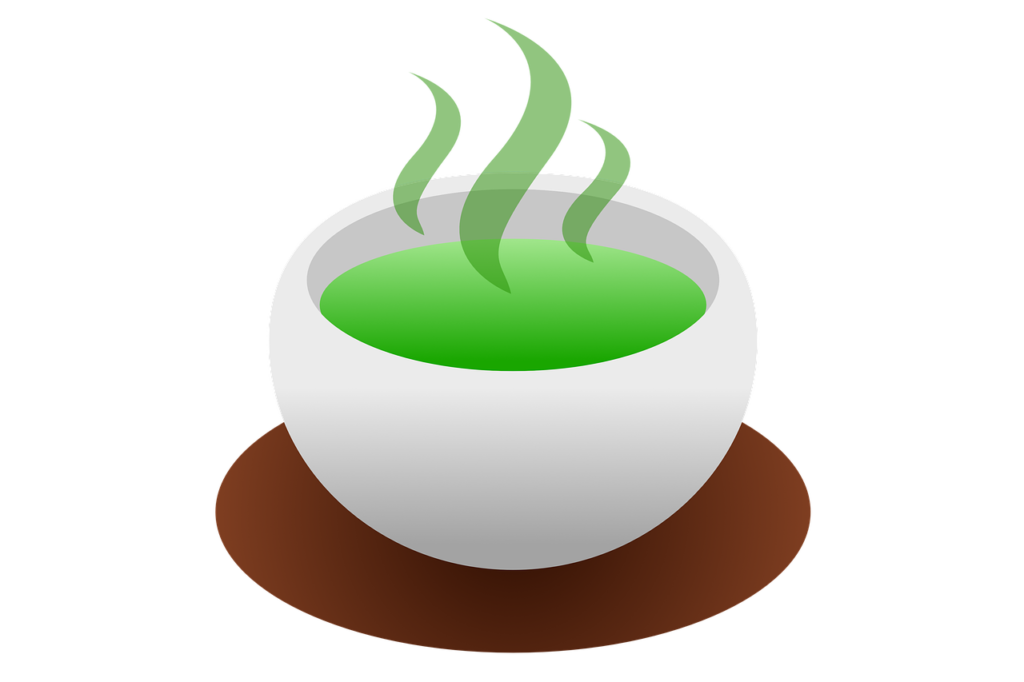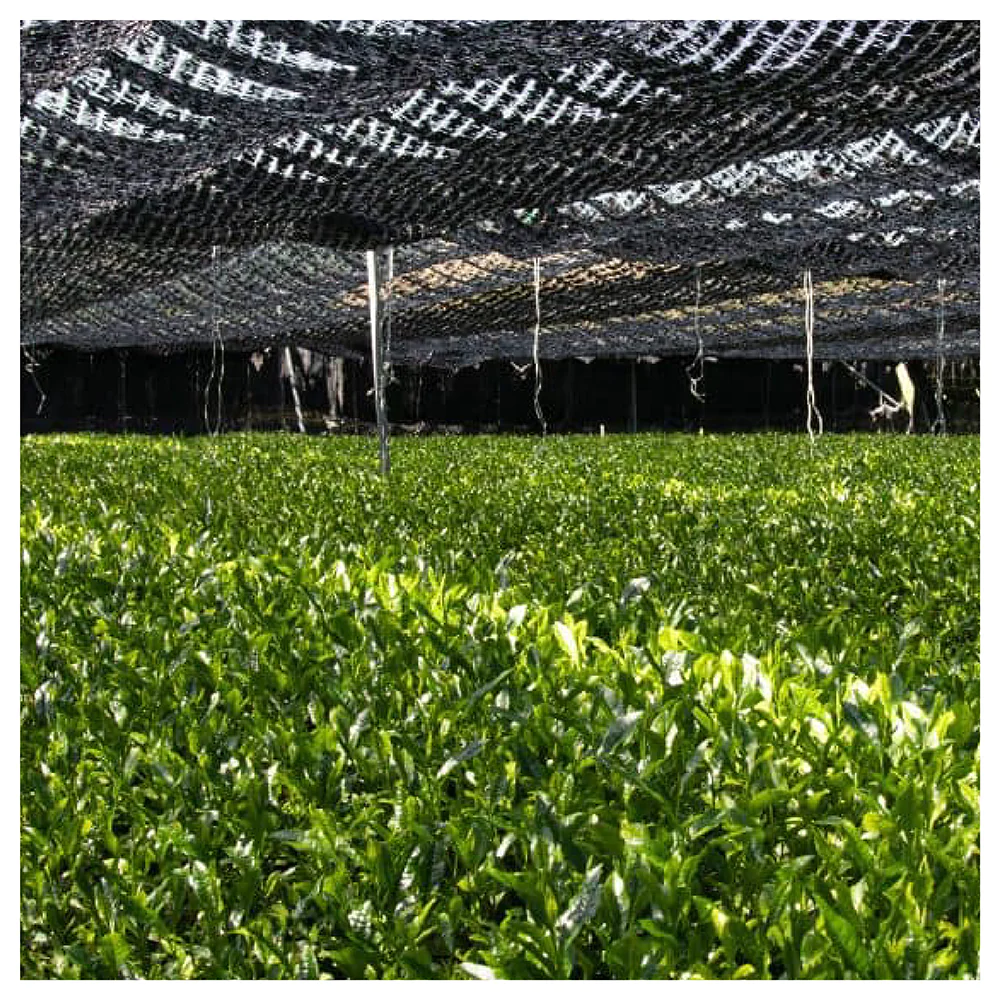
What is Matcha Tea?
Matcha is a green tea known for its health benefits, brilliant green colour, unusual manufacturing process, and historical significance, particularly in Japan, where it is most usually associated. Also, read this post: 7 things about matcha tea leaf.
How is Matcha Tea Manufactured?
Shading matcha tea plants is the first unique and essential step. Matcha tea plants are shaded for approximately three weeks before harvest. This mechanism boosts chlorophyll production, resulting in a darker green colour of tea leaves with more catechins- an amino acid content.
The stems and veins are removed after harvesting, and the leaves, now known as “tencha,” are processed into matcha powder using stone mills.

How is Matcha Tea prepared?
Unlike traditional green tea, which is infused with water and then removed, Matcha is prepared by making tea leaves into a fine powder and whisking it with hot water. This implies that when you drink Matcha, you consume the entire leaf rather than the brewed water.
Why is Matcha Considered Healthy?
Matcha is well-known for its high concentration of antioxidants, particularly catechins, which are thought to have cancer-fighting properties. It’s also known for offering a longer-lasting energy boost than coffee because of the combination of the lower amount of caffeine (in comparison to coffee) with a higher amount of an amino acid called L-theanine, which promotes relaxation without sleepiness.
What are the types of Matcha?
Matcha quality varies greatly in the tea industry as many factors determine matcha quality. These factors that decide its quality may be its origin, growing techniques, and processing processes. Here are the primary grades of Matcha you might encounter:
1. Ceremonial Grade Matcha
This is the highest quality matcha used mainly in traditional Japanese tea ceremonies. It’s made from the youngest, most tender tea leaves, with stems and veins entirely removed to ensure a smooth flavour. Ceremonial-grade Matcha has a vibrant green colour and a delicate taste with a slight natural sweetness and no bitterness. It’s traditionally whisked with hot water and consumed directly.
2. Premium Grade Matcha
A Premium Garde Matcha is suitable for everyday consumption and offers good colour, aroma, and flavour at a slightly more affordable price than ceremonial grade. It still has a fine texture and is made from younger leaves than those used for culinary grades.
3. Culinary Grade
The culinary grade matcha is intended for cooking and baking, where the Matcha is mixed with other ingredients. It’s made from older tea leaves, including some stems and veins, resulting in a stronger flavour profile that can hold up against other flavours in dishes.
Culinary grade matcha is more astringent, less sweet than the higher grades, and often less vibrant in colour. There are several sub-types within culinary grade, like -Kitchen Grade, Cafe Grade and Classic Grade.
How is Matcha Tea Different from Regular Green Tea?
Matcha and Regular Green Tea are completely different across several dimensions, as explained in the following table.
| Feature | Matcha | Regular Green Tea |
|---|---|---|
| Cultivation | Shaded before harvesting to increase chlorophyll and amino acids. | Grown in the sun, usually without special shading. |
| Harvesting | Only the finest tea buds are picked. | Whole leaves, including stems and veins, are used. |
| Processing | Steamed, dried, and ground into a fine powder after removing veins and stems. | Steamed or pan-fired, then rolled and dried, kept as whole leaves or broken pieces. |
| Preparation | Whisked with hot water until frothy; the entire leaf is consumed. | Leaves are steeped in hot water, then removed. |
| Taste & Texture | Creamy texture with a rich, umami flavor; less bitter in higher grades. | Lighter body with a range of flavors from grassy to astringent, depending on type and preparation. |
| Health Benefits | Higher concentration of nutrients due to consumption of whole leaves; rich in antioxidants, especially catechins. | Contains antioxidants and nutrients, but in lesser quantities since only the infusion is consumed. |
| Usage | Drunk as a tea and widely used in culinary recipes, especially sweets and lattes. | Primarily consumed as a beverage. |
This table outlines the fundamental differences between matcha and regular green tea, highlighting their unique attributes from cultivation to consumption.